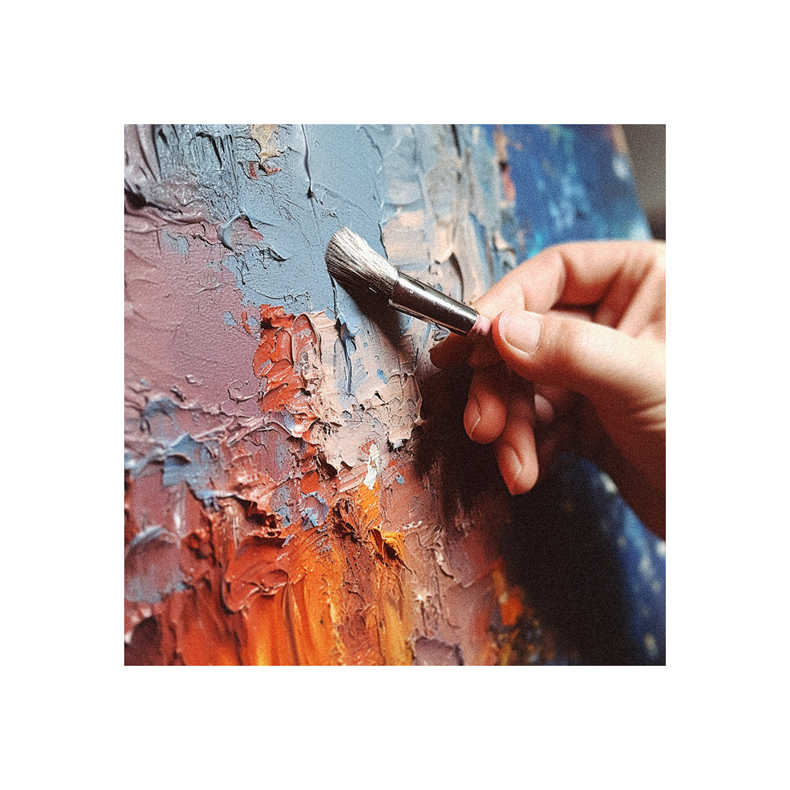Embarking on your artistic journey, you’re about to dive into a sea of self-discovery and creativity. Are you feeling lost? Don’t worry! This guide is designed to help you find and fine-tune your unique artistic voice.
It’s not just about skills but expressing yourself authentically. You’ll learn how consistency, subject choices, and overcoming challenges shape your voice.
So, grab your palette, and let’s find your artistic voice to make you stand out in the crowd!
Understanding the Importance of an Artistic Voice

You’ll find that developing a unique style is vital to standing out in a crowded creative field. It’s your artistic voice that sets you apart from others. It’s not just about technique or skill; it’s also about your perspective, stories, and passions.
Your artistic voice is essentially the soul of your work. The thread ties all your pieces together, giving them a unique stamp that screams ‘you.’ This voice is what connects others to your work. It’s your personal touch, your signature.
Without it, your work might look pretty, but it’s likely to get lost in the sea of other beautiful works. So, dig deep. Find what’s unique about you and pour it into your work. That’s how you’ll truly stand out.
Techniques to Overcome Challenges in Discovering Your Artistic Voice
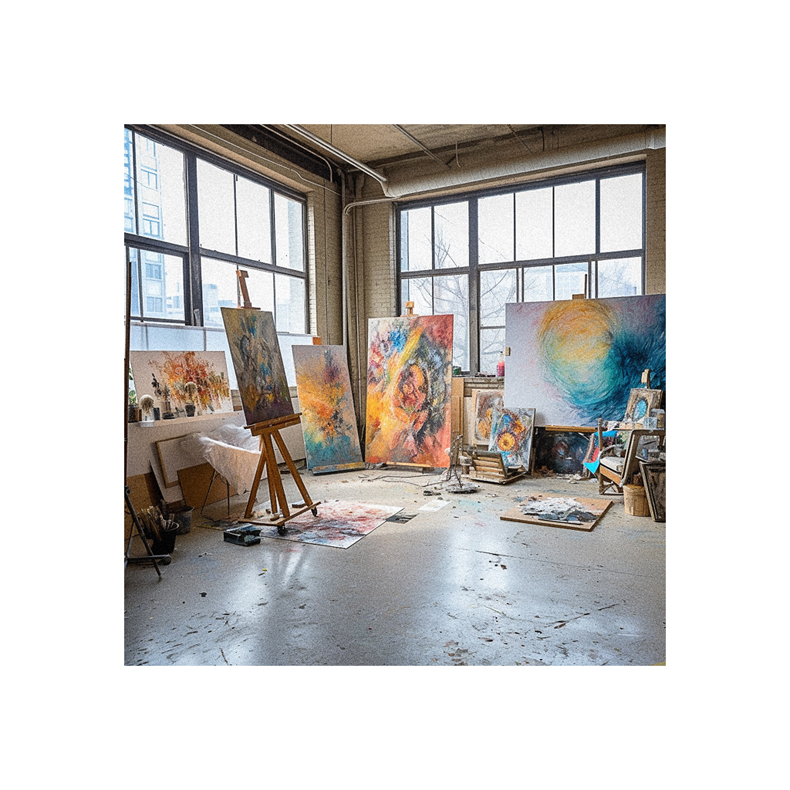
Challenges are part of the journey, but don’t let them derail you from developing a unique style that sets you apart in the creative field. You may hit periods of feeling uninspired or bored, yet these times are crucial. They’re your creative cocoon, the messy period where your artistic voice is being refined. Embrace the discomfort; it’s part of the process. Push through, keep creating. Your persistence will pay off.
Drawing on personal experiences and emotions helps shape your artistic voice. It reflects your unique perspective, values, and life experiences. It adds depth to your art, making it more relatable and authentic. So, don’t shy away from infusing your work with your personal experiences. Persist, persevere, and watch your artistic voice emerge.
Harnessing Personal Experiences and Emotions in Your Art
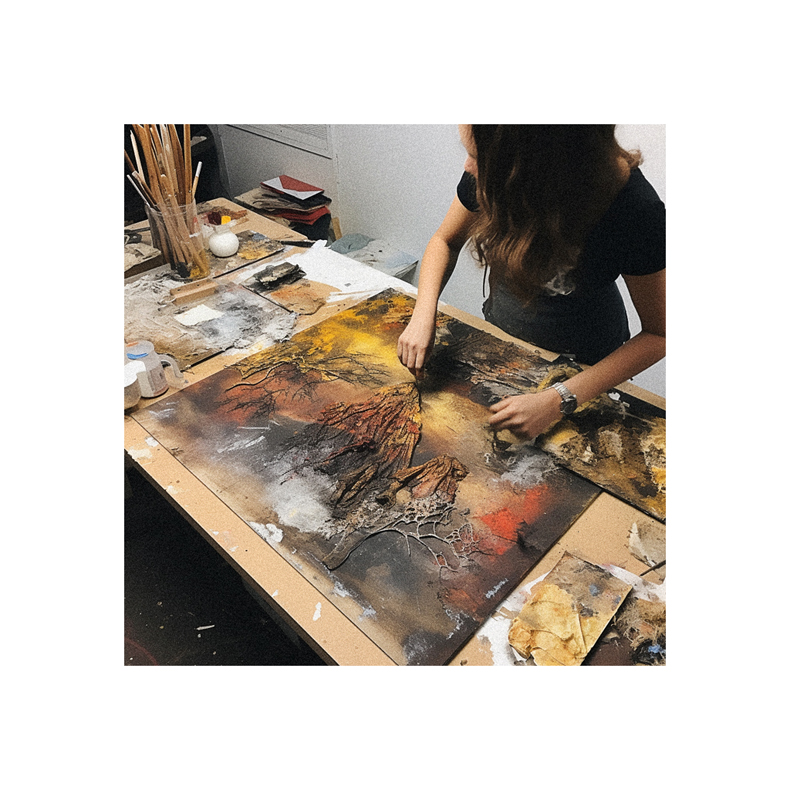
In your creative journey, it’s vital to tap into personal experiences and emotions, as they add depth and authenticity to your art. Your unique perspective, formed by your life experiences, influences, and values, becomes your artistic voice.
It’s not just about style, skill, or subject matter; it’s about expressing who you truly are. Your loves, regrets, truths, and obsessions find a place in your art. Cultural influences, lessons learned, and your identity profoundly shape your work.
Advantages of Establishing Your Unique Artistic Style
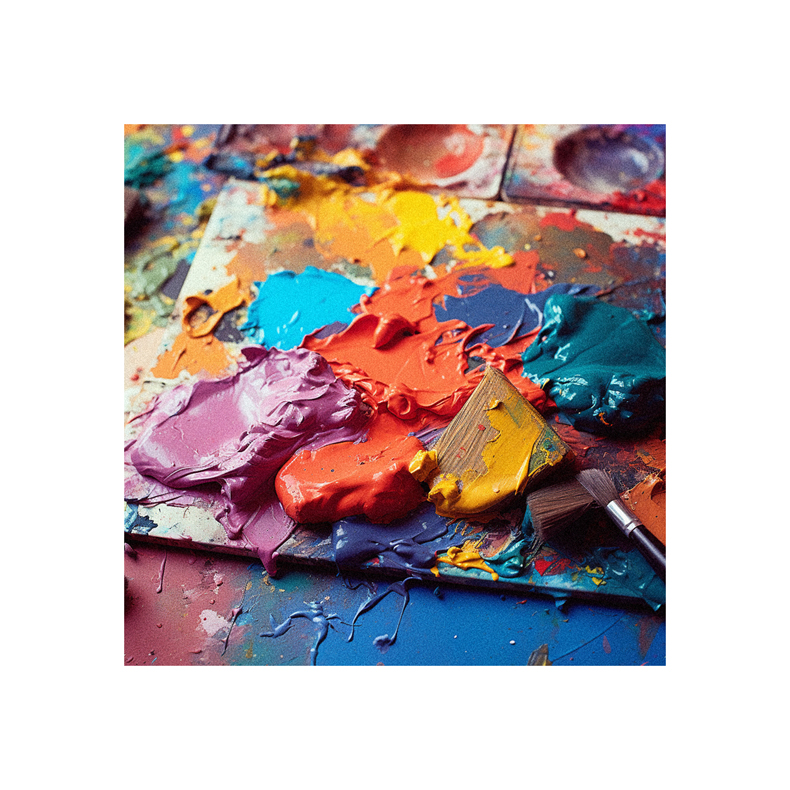
Unearthing that distinctive style isn’t just about standing out. It’s a ticket to numerous benefits in your artistic career.
When you’ve honed your unique voice, others can connect with your work on a deeper level. This emotional connection can increase opportunities for shows, grants, and sales.
Your style is your brand; a strong brand attracts buyers and commissions. Not to mention, maintaining a consistent voice can elevate your status and credibility in the art world.
Don’t just think of your unique style as an expression of your creativity; consider it your professional identity. Embrace it, refine it, and let it guide you to success.
In the end, finding your artistic voice isn’t just beneficial; it’s essential.
Key Elements That Constitute an Artistic Voice
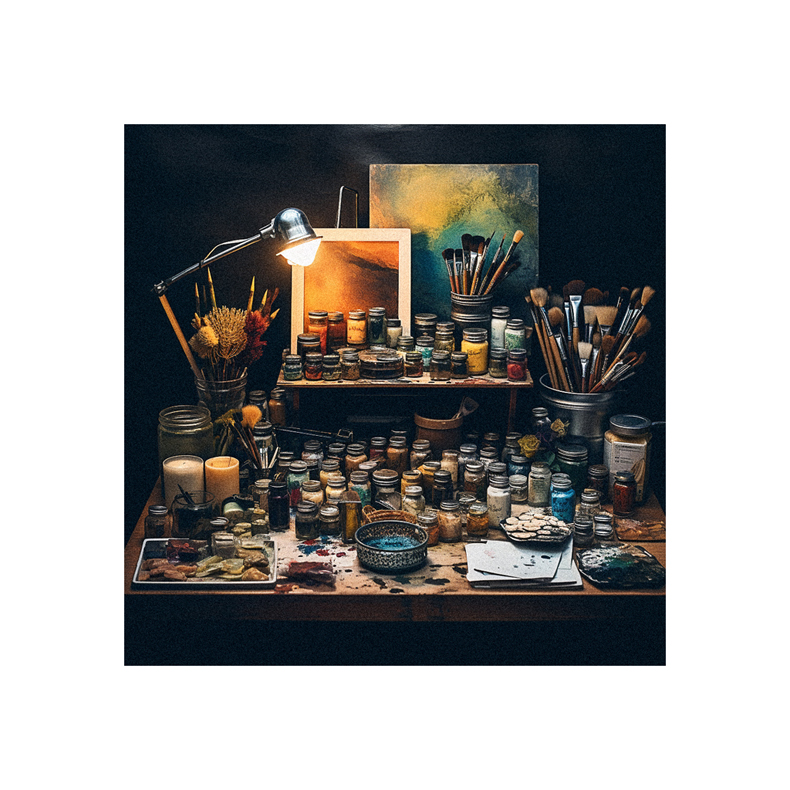
You might be wondering, what exactly makes up this so-called artistic voice? It’s a cocktail of elements that reflect your unique perspective and values. Your style, skill, and chosen subject matter all contribute to your artistic voice. It’s your way of combining lines, colors, and textures, making your work a distinct melody in the art symphony.
Your voice isn’t just about what you create but how you create it. It’s your choice of medium and your consistency in using it. It’s about drawing upon your experiences, loves, regrets, truths, and obsessions to express yourself authentically.
The Role of Consistency and Prioritization in Art
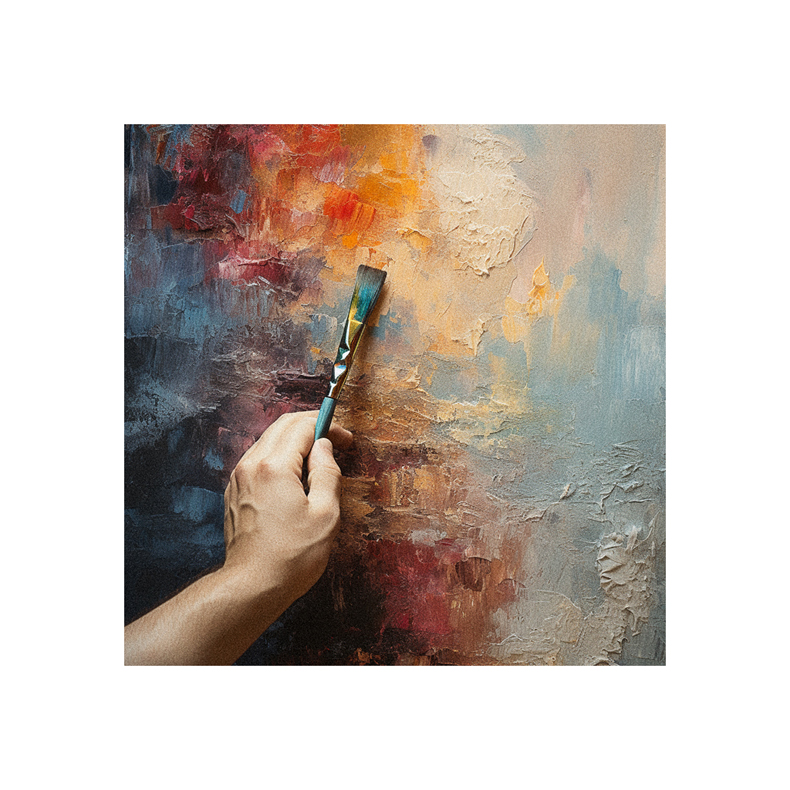
Consistency and prioritization in your art aren’t just buzzwords but crucial pillars for progress and success.
Consistency isn’t about churning out identical pieces. It’s about developing your unique voice and style and maintaining it across different works.
Prioritization, however, is about prioritizing your art in your life. It’s about setting aside time daily to create, set goals, and follow through.
When you’re consistent, your art improves, and your unique style becomes recognizable.
When you prioritize, you’re saying your art matters. It’s a commitment to yourself and your craft.
Strategies for Finding Artistic Inspiration
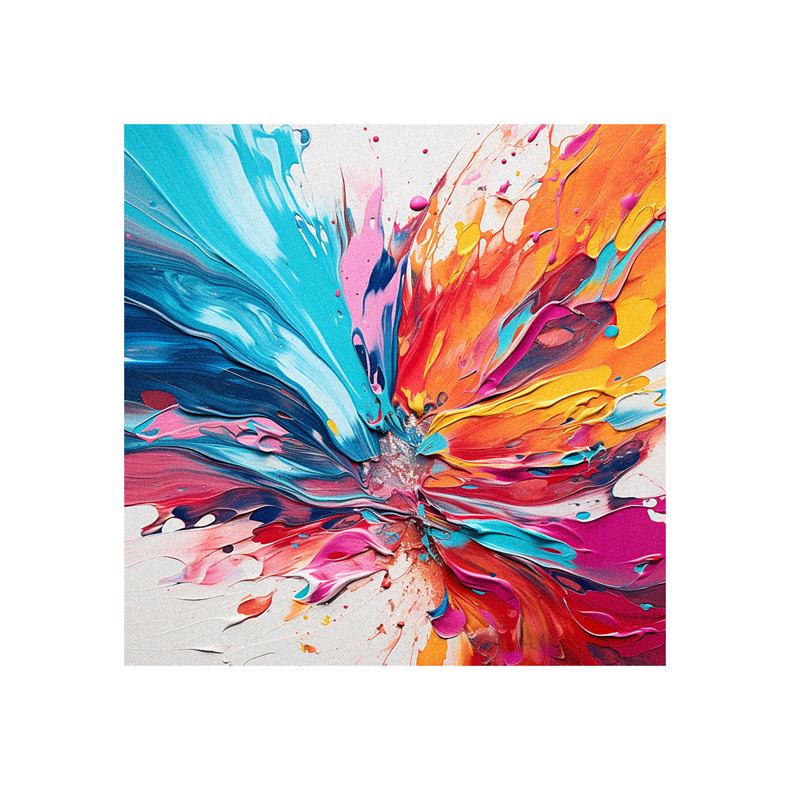
Now that you’re committed to consistently practicing your art let’s delve into strategies for finding artistic inspiration.
Remember, inspiration won’t always come knocking at your door; often, you need to seek it out actively. Look beyond the canvas and find beauty in everyday life. The setting sun, a bustling market, or even your emotions can be sources of inspiration.
Consider creating an inspiration board, filling it with colors, textures, words, and whatever else stimulates your creativity.
Incubation periods are also crucial. Limit your external influences and trust in your innate ability to create.
Finally, use writing for self-reflection. It’s a powerful tool for clearing your mind and integrating your thoughts into your art.
Dive into these strategies and reignite your artistic spark.
The Concept and Benefits of an Inspiration Board
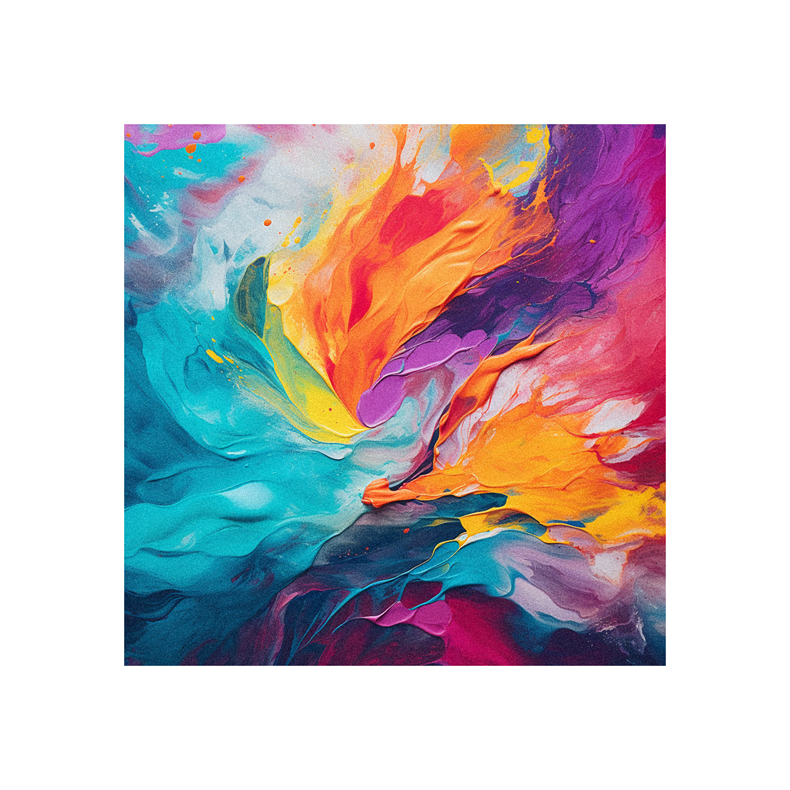
Let’s dive into the concept of an inspiration board and how it can benefit your creative process.
Picture this: a collection of images, colors, textures, and words that spark your imagination, all compiled in one place. That’s an inspiration board. It’s a physical or digital space where you gather and organize things that stir your creativity.
You’ll find that patterns and connections in your board can lead you to fresh ideas and artistic directions. It’s an exciting and fun tool that’s not just about visuals—it can include music, random objects, or anything that resonates with you.
Try it! Use Pinterest or a corkboard at home. You’ll see how an inspiration board can energize your creative process and help define your unique artistic voice.
Importance of Incubation Periods in Artistic Growth
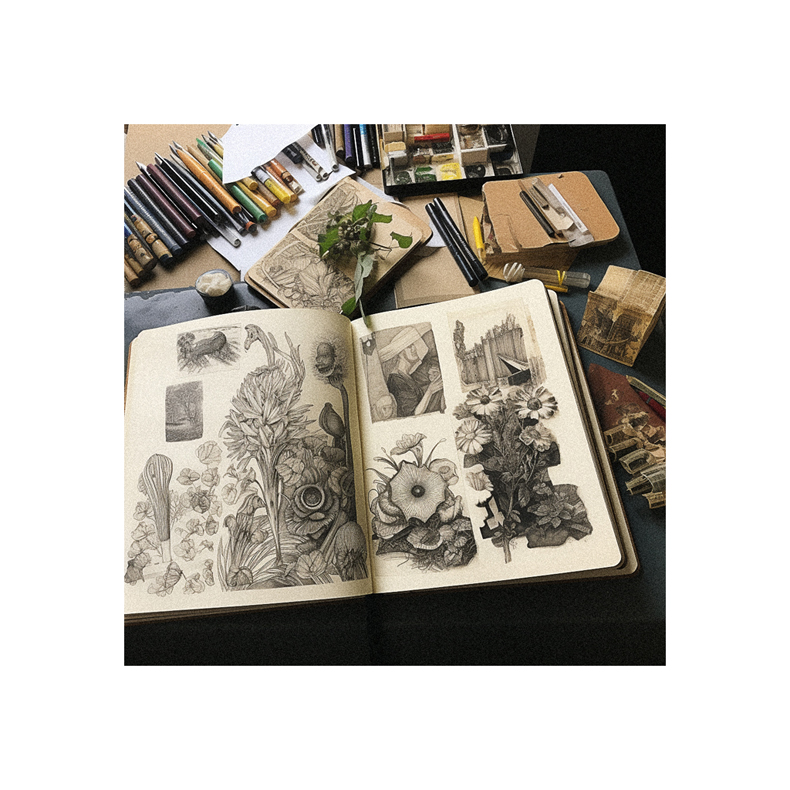
In the journey of artistic growth, you’ll find that incubation periods, times when you limit external influences and trust in your creative resources, are incredibly important. It’s during these periods you’ll cultivate your unique artistic voice.
You might feel a little lost initially, but don’t fret; it’s a part of the process. During these times, limiting your consumption and prioritizing creation is crucial. Believe in your ability to generate original ideas and concepts.
The more you practice independently, the easier it becomes to decode your inner creative language. This self-reliance in your artistic journey strengthens your unique voice and amplifies your confidence as an artist.
Utilizing Writing for Self-Reflection and Artistic Development
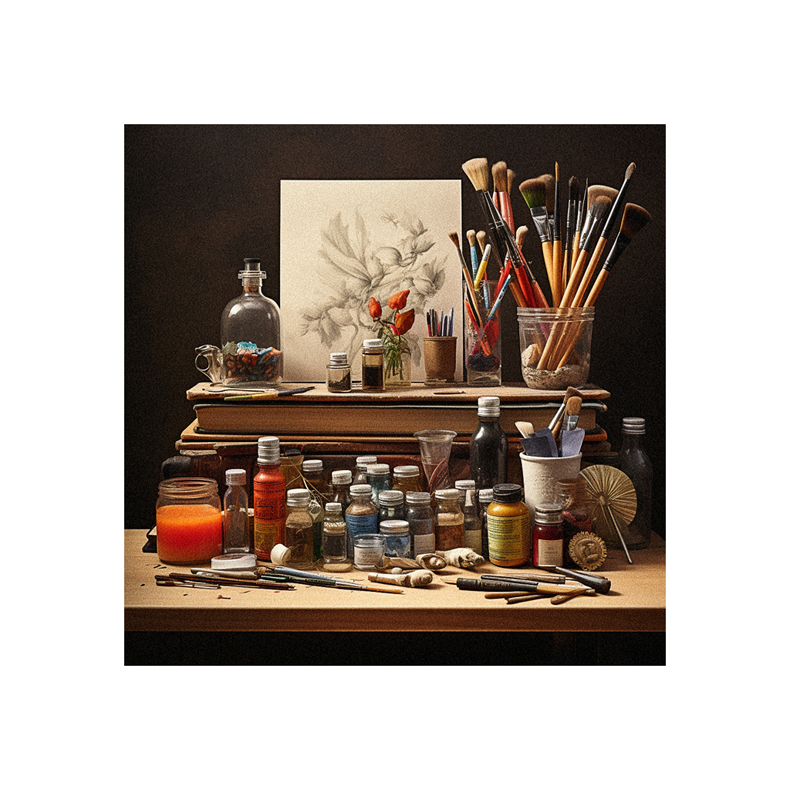
You’ll discover that writing can be a powerful tool for self-reflection and artistic development. By jotting down your thoughts, you can clear your mind of unnecessary clutter, making space for fresh ideas.
This process doesn’t require perfect grammar or spelling; it’s about expressing your raw thoughts and emotions. As you scribble away, you might notice recurring thoughts and styles of expression. These patterns are glimpses into your unique artistic voice.
Use this insight to weave important ideas into your art, giving it a distinct identity. Remember, writing isn’t just a means to an end. It’s a journey of self-discovery that can make you a happier, more fulfilled artist.
Follow us on Pinterest for more tips, tutorials, and artist reviews!

